For the previous post in this series, click here. For the entire series, click here.
This post was one of the more difficult “How I Write” posts to write because, while in theory outlining is the first step to writing a story (after choosing an idea), I don’t usually have an outline in place until partway through the first draft.
When it comes to writing, I tow the line between planner and pantser.
I never used to outline. I also never completed stories. My stories were all purely organic beasts, exciting because every action and line of dialogue was a surprise but exhausting to keep on top of. Without any direction via an outline, I would inevitably wander the story into some pit and, with nothing to get me back on track, ended up abandoning the mess.
I avoided outlining because I thought it crushed all the magic of stream-of-conscious writing. What I’ve since learned is that outlines provide just enough bone structure to keep a story standing. I still have to fill those bones with a story, and it’s still somewhat organic in the process; there’s just a fence around the garden and the viney plants have trellises now.
There’s only one thing I absolutely must know about a story before I start it: the ending.
Most of my characters aren’t standing in the wings waiting for their cues; they show up as needed (and many subsequently get cut in revisions). I often have a vague idea of the setting, but that also gets fleshed out down the road. So long as I have the ending in place, I feel comfortable enough to start drafting. Odds are good I’ll wander a little, and the ending may change as the story develops, but at least I know where to point everyone before I set them loose.
Even if I only have a very basic idea of the story and let it take me through those first few chapters, I naturally start filling in the gaps with plot points, scenes, dialogue, and notes on how I want the story to turn out.
Only once I have a feel for the story do I start to solidify the outline.
I love working out the mechanics of storytelling. Some people immerse themselves in a story – by book or on the screen – for the escapism alone. I enjoy that, but I also love being able to dig a level deeper and see how the storytellers employed certain elements to serve their purposes: an item or an action here in the early stages becomes key to solving an issue later on; this choice sets up this line of character development; that scene felt very much like foreshadowing. I admire storytellers who are aware of the mechanics of their craft but can use them so subtly that the audience gets swept up in the narrative.
On my own, I can’t keep track of all the elements and have them in their places to achieve the proper build-up. This is where my outline comes in.
The Three-Act Structure is my go-to for outlining.
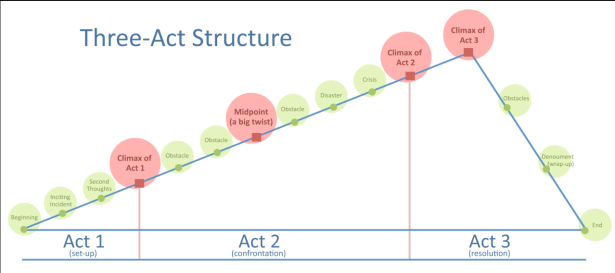
Not only does it tell me when certain things should be happening, but it gives me an idea of why, and it ties all the different points back to one another.
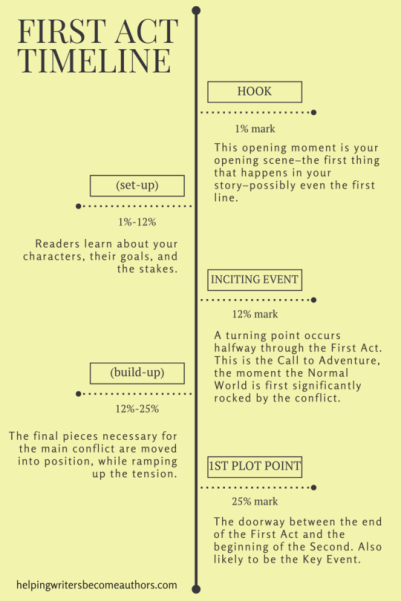
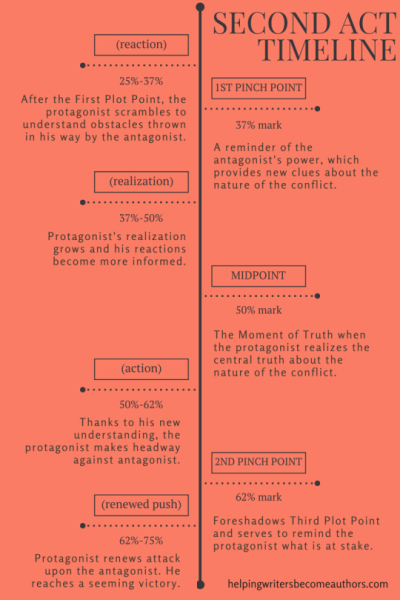
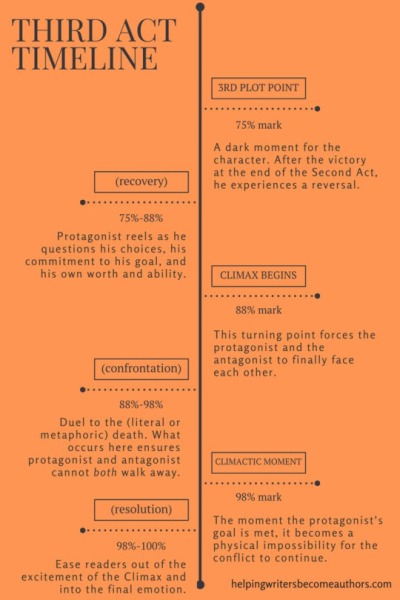
Once I started working within this structure, I was able to pick up its usage in other stories – especially Pixar stories.
Some people might chafe at the thought of such a strict formula, but I thrive on formulae. Now I know where the characters need to be for the story to progress. I also know what sort of things need to happen at the different plot points, meaning I’m able to plan ahead. And for someone who lacks the subtlety for foreshadowing, this outline in invaluable.
I am a visual planner.
I write with Scrivener and have a Three-Act outline preformatted in the program. Once the first few chapters are down, I start filling in plot points based on what I know.
However, a lot of the time I’ll know what I want to happen – what scenes I specifically want to see – but I’m not quite sure where they fit. This is where index cards come in handy. Several stories ago I set up the Three-Act Structure on an old corkboard. The different points are laid out with their titles and descriptions, as well as what percent of the story they occupy. As I think of events that need to occur within the story, I write them out on index cards and start shuffling them around the board. It’s very much like fitting together the pieces of a puzzle. As I brainstorm, I often get insight into the underlying themes and issues of the story, which provides inspiration for more scenes and events.
This method becomes particularly useful for the story gaps – parts of the story set aside for exposition and world-building and the build-up between major plot points. Instead of wandering aimlessly until something big happens, I know how much time I should allot to each gap and what sort of progress needs to be made within it.
All through the drafting – and even through revision – I refine my outline.
Elements get moved or rearranged, scenes get tweaked or cut based on character development, and I make note of holes so I can fill them in. I reference the outline during revision, when trying to decide if certain scenes are necessary to the plot, and to see if there are key details I’ve overlooked. When writing, I get tunnel vision and often lose track of the bigger picture. An outline is a quick and easy way to reorient myself.
This is not to say that I have every plot point filled in ahead of time.
Sometimes I still have to rely on my instincts to figure out what needs to happen next. I can’t always predict what sort of turns a story will take. However, knowing that a turn needs to be made keeps me hyper-aware of activities within the plot so I can look for clues my subconscious may have dropped. Working out the clues and watching the story take shape seemingly under its own power is still one of the best parts of storytelling.
Let’s hear it!
Are you a planner or a pantser, or somewhere in-between? Do you prefer an organic style of writing based on instinct, or do you like to have an idea of the mechanics? Do you outline? If so, what outlining methods do you use? Are there any tools – index cards, post-its, white boards, highlighters – that you absolutely must have in order to plot your stories?
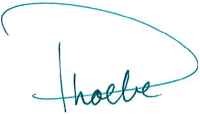
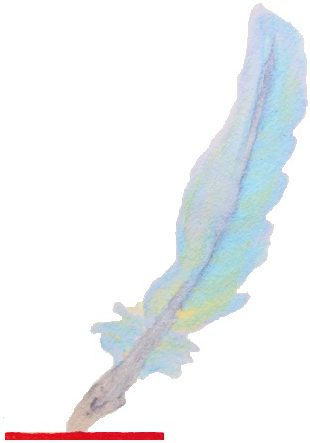

I am definitely a plantser. I sort of half-outline — getting just the barest, most MINIMAL bones I possibly can (because most of my crazy ideas come from not knowing where I’m going, and that’s my favorite part. XD) — so that I know what needs to happen during a particular scene, but not necessarily the HOW. It’s….kind of an odd outlining method, actually. XD
I also don’t exactly use a plotting structure? Which MIIIIGHT explain the intensity of EV’s word count, BUT!!! As I was reading through those graphics you put up, I REALIZED THAT EV SORTA KINDA FOLLOWS THIS STRUCTURE!!!! I mean, I’m not sure about the first part, but closer to the end of act two and into act three, I could just SEE the scenes that mesh with each description…. I was kind of silently squealing… (I’M SO EXCITED ABOUT THIS.) I’m actually going to see if I can’t make a template for this structure in my Scriv, too. That looks so helpful… And also I get tunnel vision when writing, too, so having a more stable outline might help me in the future. XD
Phoebe. I cannot even begin to tell you how helpful all of these posts are!! Especially this one, cause outlines and structures are something I struggle with SOOO much. But this makes me super excited to outline…. Now if only I could finish the third draft of EV so I can begin plotting Todd. XD
LikeLiked by 2 people
Lol. I admire pantsers who stick to their guns. And you still have a system, even if it isn’t “official”.
And yay for still instinctively following a structure! I’m the same with tunnel vision, which is why I need road marks to keep me on track.
Thank you! I’m assuming Todd is the cool new story you’ve told me about, in which case I’m equally excited.
LikeLiked by 2 people
Yeah. I definitely don’t know how hardcore pantsers do it. I struggle enough as it is being half-pantser, half-plotter. And YES. That is definitely true.
I KNOW, RIGHT??? I was so excited when I saw the connections!!! It was kind of a miracle, actually… Aha. XD I’m gonna have to try out the road marks. I might be able to use Scriv’s notecards for that???
Yep! Todd is the last name of my MC for my goblin book. I’m low-key freaked out to start writing it, but then again, I just started working on my “just for me” project yesterday, so I’m a little worried that that might take precedence in November. Aha. I need to reign this in before it becomes an obsession. XD
LikeLiked by 1 person
SMART! I used to be the exact same way. I was an extreme pantser… but I also never ever finished stories either. So I adopted a semi-detailed way of outlining where I take my characters, and I decide where to generally put them at certain points of the plot so they don’t ever completely lose their way.(or, even worse- get AWFUL continuity errors) With this type of outlining, I’ve also noticed that I make sure every single character that gets introduced is important to the story as well. There aren’t any filler characters that gets introduced one chapter, MAYBE stir up some drama, then disappear never to be referenced to again.
LikeLiked by 1 person
Hmmmm….I should really try this with my characters….because I have a TON of extras who tend to get cut in the revision stage.
LikeLiked by 1 person